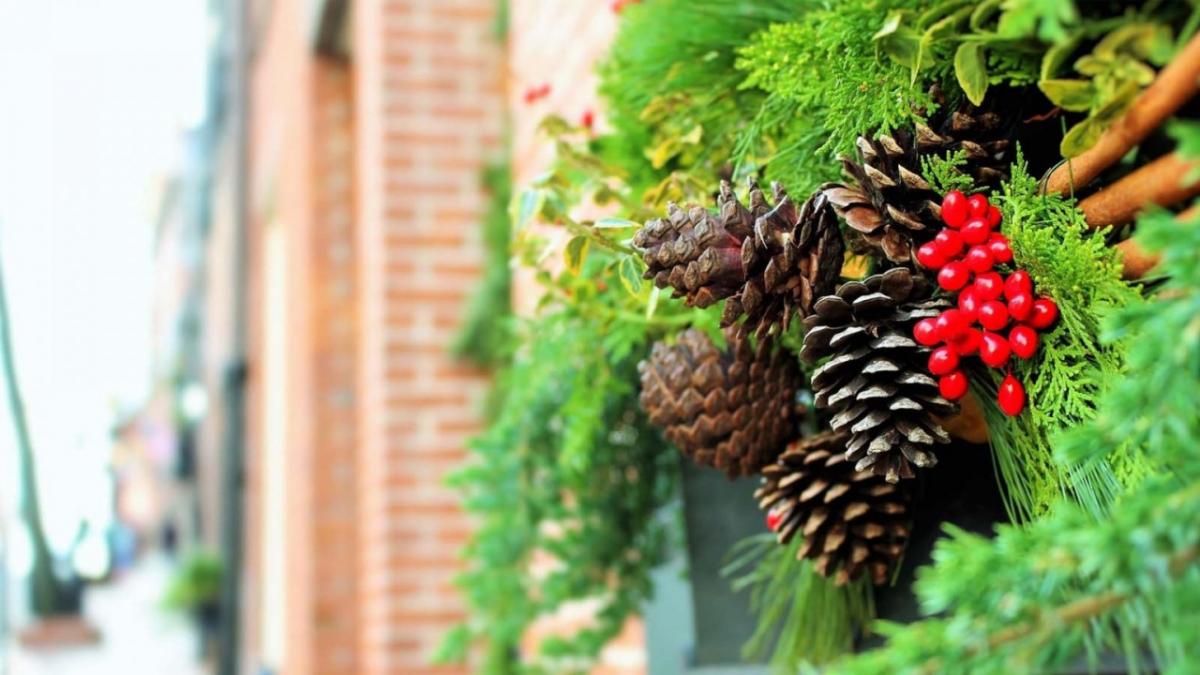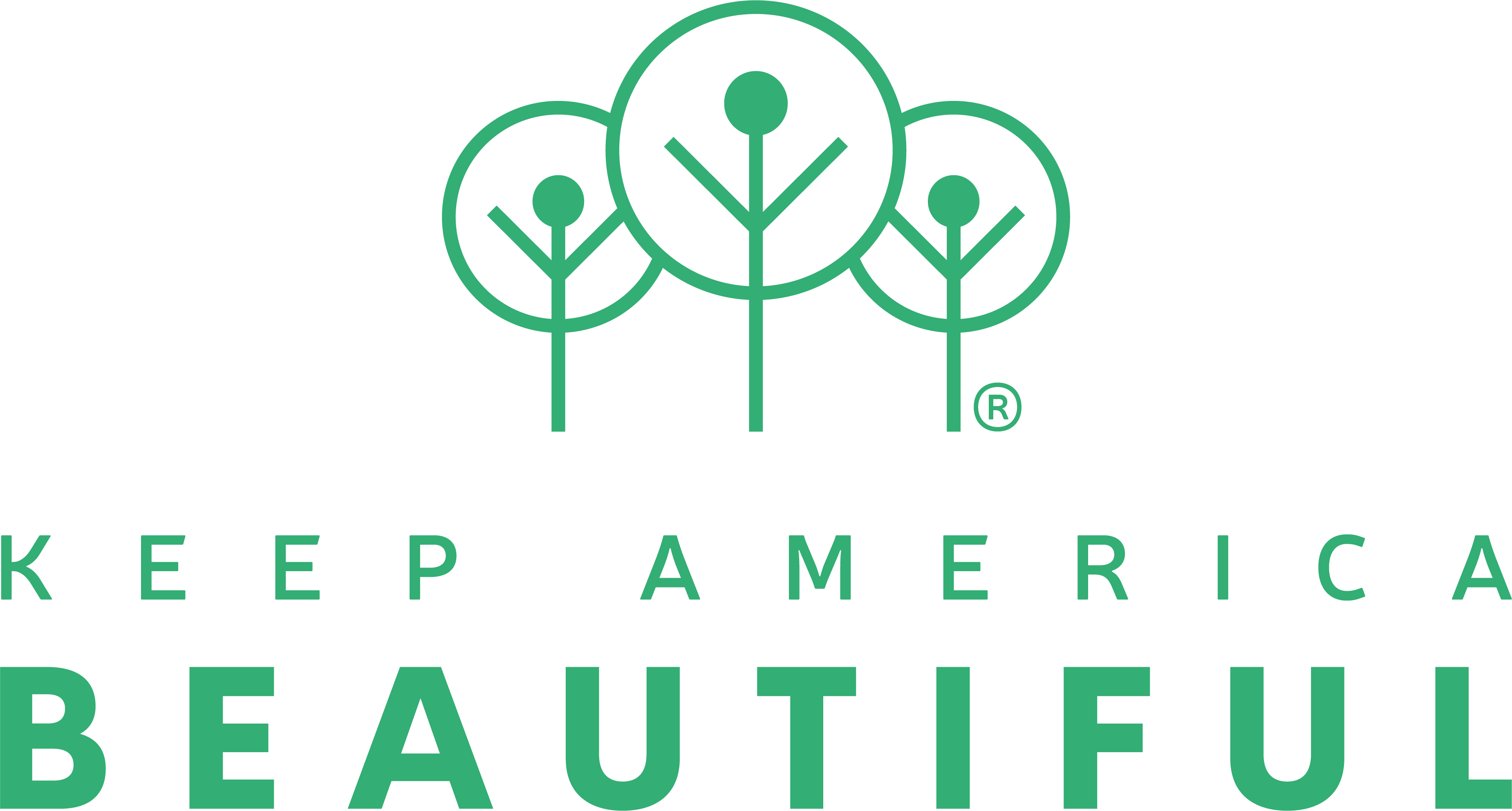‘Tis the Season for Giving, Receiving, and Recycling

According to estimates, Americans produce about 25 percent more waste between Thanksgiving and New Year’s Day compared with the rest of the year. With the most wonderful time of the year upon us, it is all the more important to continue our efforts to reduce, reuse, and recycle.
Here are some tips to cut down waste and stay sustainable during your holiday festivities – and throughout the year.
What can be recycled?
Beverage containers, including plastic and aluminum, are widely accepted in recycling programs, though it’s important to always check local recycling programs as regulations vary across communities.
With online shopping and e-commerce continuing to rise, cardboard boxes are stacking up. When recycled, corrugated cardboard can be turned into new boxes, as well as items for packaging, like cookie and cracker boxes. Flattening or breaking down cardboard boxes can save space in your bin – as well as in the recycling trucks – allowing more room for more recyclables.
Beverage and food containers, as well as cardboard, should be kept clean, dry, and empty when recycled to avoid contamination in the bin. In addition, keep your plastic film out of your recycling bin; this material should go to a location that will accept plastic film. And avoid bagging up recyclables – keep items loose in the bin.
Electronics contain valuable precious metals such as gold, silver, platinum, palladium, copper, tin, and zinc that can be recovered and used to make jewelry, plating, new electronics, or automotive parts. That means old electronics that are swapped out for the latest and greatest can be recycled. To recycle, check to see if a local retailer accepts e-waste or look for e-scrap collection events in your community.
Old, unwanted clothes can be donated, or brought to local retailers to be recycled. For instance, H&M collects used textiles of any brand or condition in their stores for recycling as part of its Garment Collection Program. For every pound collected, H&M makes a donation to Keep America Beautiful®.
Less is more.
A recent study released by the National Retail Federation and Prosper Insights & Analytics said consumers are expected to spend 4 percent more this holiday season than in 2018. It can, however, pay off for you (and the environment) to be more mindful of our consumer behavior – both when purchasing items and disposing of them.
Instead of buying gifts at random, visit thrift shops or antique stores to give unique items a second life. Also, consider the source when purchasing items – “buy recycled” and find items that are made from recycled content or made locally. If struggling to find the perfect gift, donate to your favorite charity (like Keep America Beautiful) in a friend or family member’s name. When gifting, reuse the front of old cards as gift tags or consider sending e-cards.
Metallic, glittery, and textured wrapping paper cannot be recycled, but plain paper can be recycled. While ribbons and bows cannot be recycled, save them and reuse them next year. Other “tanglers” that cannot be recycled in the bin include holiday lights and power cords. To cut waste even further, use materials you already have, such as newspaper or old maps, to wrap presents.
Celebrating.
When entertaining, make recycling easy for your guests by placing recycling bins near every trash can, and make sure the products you provide can be reused or recycled. To cut down on waste, use real dishware and cutlery, as well as cloth tablecloths and napkins. Natural decorations are also a way to limit the items that you purchase and dispose of. If you do purchase disposable decor, consider saving and reusing it next year.
Once the fun is over.
If you opted for a real Christmas tree, check your community for tree recycling opportunities, like chipping events.

